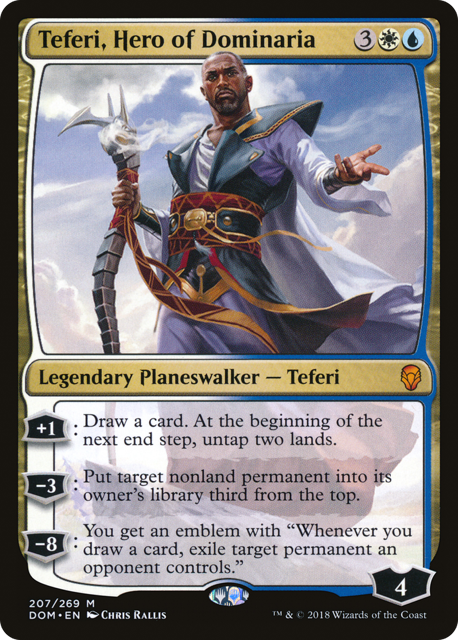Vintage Cube: A Beginner’s Guide
Posted on Mar 10, 2025
Author: Andreas Petersen

Welcome, Vintage-Cube curious! Andreas Petersen, aka Ecobaronen here. I want to share with you everything you need to know to kickstart your journey into the beautiful world of Vintage Cube Draft. We'll cover more complicated strategy in the future, but this article is aimed at players with little-to-no previous experience with Vintage Cube. The goal is to get you up to speed enough for you to jump into your first draft with confidence.
Can you imagine grabbing a cold beverage, loading up Magic Online, pulling up this article on the side and hopping into a Vintage Cube draft? I sure can! Let’s get you on the same page, as the format returns to Magic Online today with the Free Preview League and for real this Wednesday, March 12.
The Elevator Pitch of Vintage Cube
I always make a couple of key points when I encourage them to try Vintage Cube. First of all, we get to pair legendary cards like the iconic Power Nine with new printings and get the full experience of Magic’s 32-year lifespan. In this format, you can sacrifice your Black Lotus to cast the freshest mythic rare on the block. Pretty cool, right?




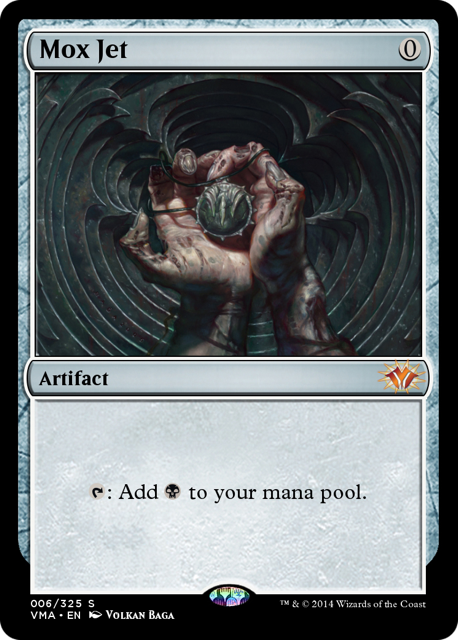



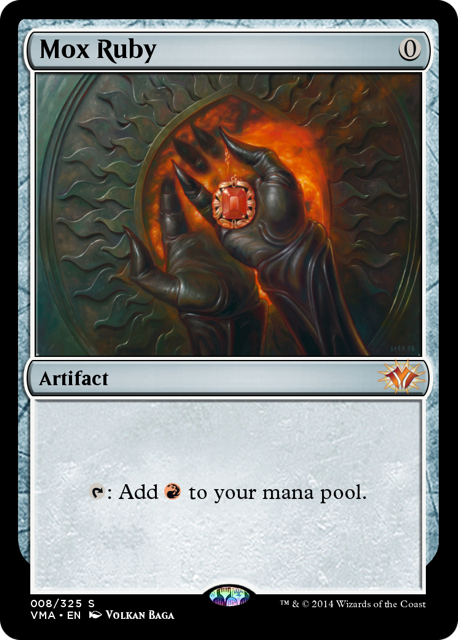
Second, the format keeps evolving and never gets old due to the dynamic nature of new printings and refreshed focus for each iteration. For each new card added to the Cube, the context changes and we need to adapt. It’s also very beginner-friendly since it doesn’t require any cards in your collection to get started.
The Basics
The Cube is a pile of 540 unique cards dating from 1993 all the way to the present day. While every card is different, there are going to be lots of similar cards that we can categorize and group together: creatures, counterspells, removal spells, dual lands, etc. The process of putting together the exact 540 cards is done by a dedicated design team, led by Magic Online Creative Director Ryan Spain and Cube Designer Chris Wolf, who prioritize keeping fan favorites around while trying out exciting new cards.
The draft portion itself involves you joining a pod with seven other players and you each have three packs with 15 cards each. Once the queue has eight players, the first pack opens and you pick a card out of which will go into your pool of cards that you can build your deck from after the draft. After a card is selected, the pack is passed to your neighbor on your left at the virtual table. In turn, you will see a new pack with one less card in it. This process is repeated until you have 15 cards, then the next pack is opened with picks passing the opposite direction. Repeat the procedure once more for the third pack and end up with 45 cards in total.
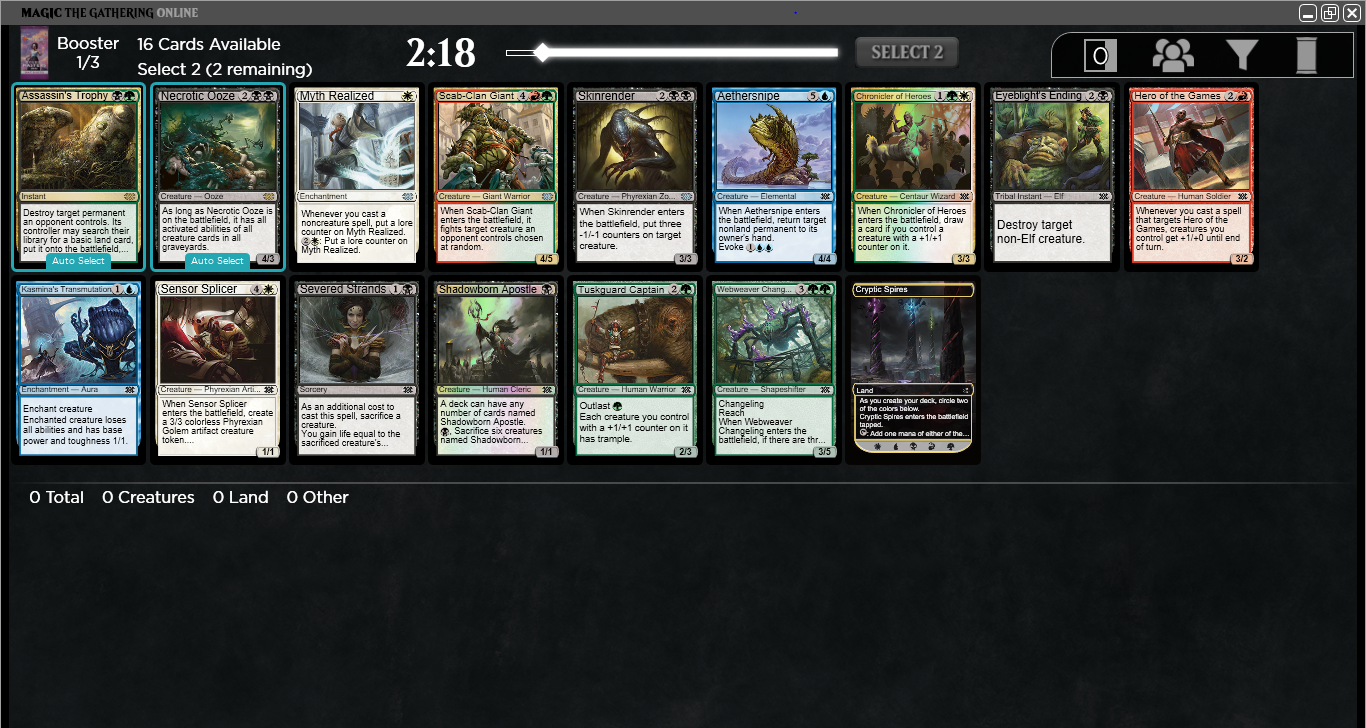
From here, build your deck including adding any number of basic lands and submit your final version. If you are playing a League, note that you have the option to change your build between matches as well. If you are wading into Single-Elimination, you have just 10 minutes to submit your deck.
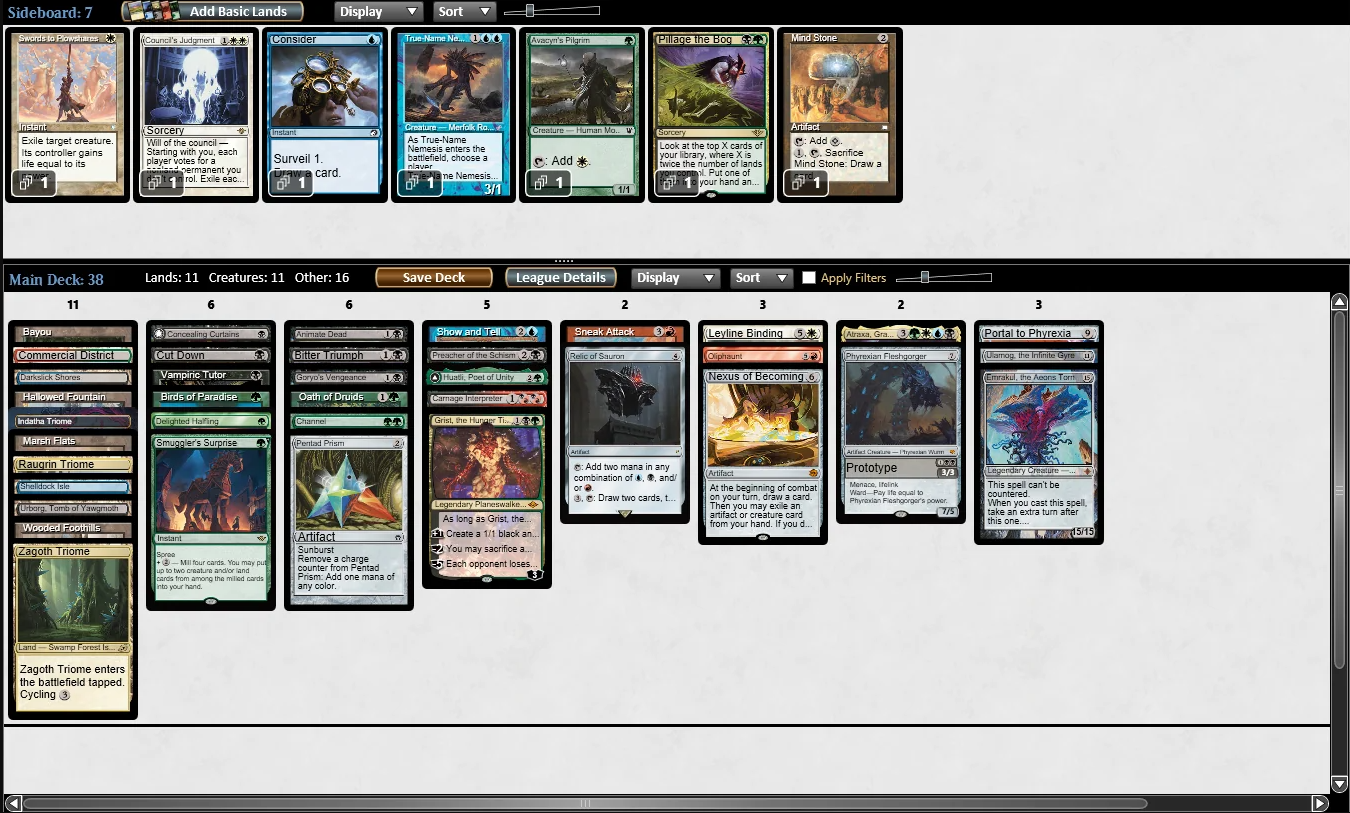
When the dust settles, your deck size should be 40 cards out of which 16-18 are mana sources – those could be lands, or mana acceleration like artifacts or Spirit Guides. A good rule of thumb is to have ten sources of your main color and at least three sources for a “splash” color supporting a single powerful card of your deck that isn’t in one of your main colors – this could be a card like Time Walk, Broadside Bombardiers, or Forth Eorlingas!
Available Archetypes
You may have experience from other formats like Commander, Standard, or Modern where we categorize decks based on what they’re trying to achieve in the game. Some classic "deck plans" include:
- Finish the game in one swoop with a deadly combination of cards.
- Play creatures early and often to send them into the red zone.
- Counter our opponent’s spells, control the board and win in double digit turns with a planeswalker.
All of those strategies are available in Vintage Cube in both pure form as well as in hybridized decks. Here are some of the most popular archetypes and some of their key cards. Keep in mind that while all color combinations are viable, these are just five unique ones that are relatively easy to understand.
Boros Aggro


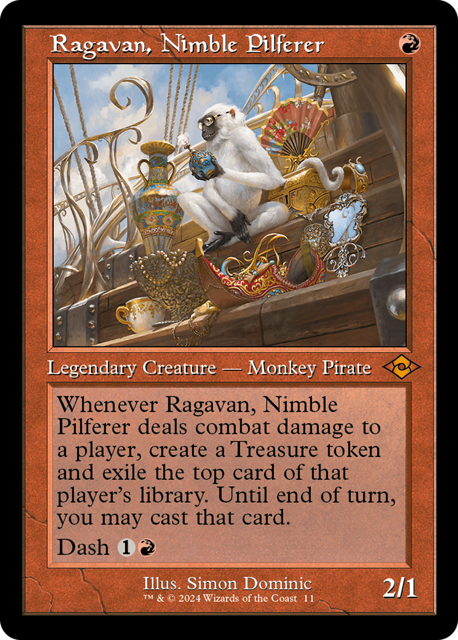
This color combination is all about playing undercosted creatures (especially those with haste) and backing them up with removal spells with the best ones being Swords to Plowshares, Lightning Bolt, and Chain Lightning. Two big priorities are to keep your mana curve low and pick lands like Plateau, Sacred Foundry and other Boros-colored lands highly to ensure that you’re casting your cheap spells on time.
If there's anything that should give a new player the confidence to jump into Vintage Cube, it's that red and/or white aggressive decks are straightforward to draft and pilot successfully, and are often available. Many people play Vintage Cube to experience the wild combinations available, leaving Boros Aggro decks far more open in drafts than their win rate would suggest they should be.
Dimir Reanimator


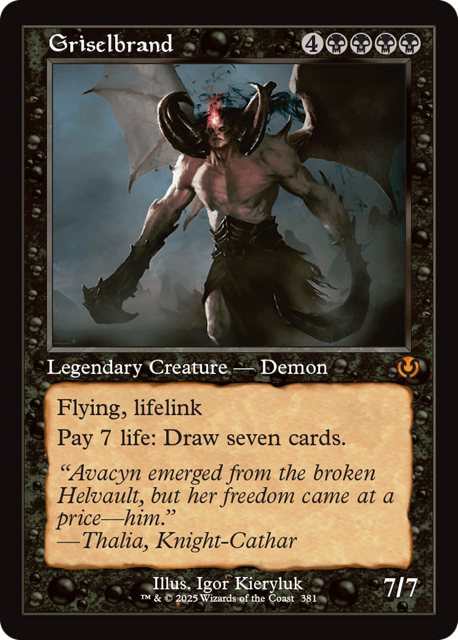
The Dimir colors offer many combinations of monsters, ways to put them into the graveyard and ways to bring them back. Sometimes it will be the main theme of your deck, and other times it will just be a small package. Aside from bringing back big monsters at a fraction of its cost, Dimir will want interactive spells like counters, discard spells and removal alongside solid creatures to turn the corner – Psychic Frog, Barrowgoyf, and Sheoldred, the Apocalypse are some of the best ones. Usually, you will be able to pick up some card draw and cantrips like Brainstorm and Night’s Whisper to keep the cards flowing. Red offers many discard outlets as well, and also reanimation payoffs like Sneak Attack. Picking up an early Sneak Attack is a great reason to look towards Grixis or Rakdos Reanimator.
Blue/X Artifacts


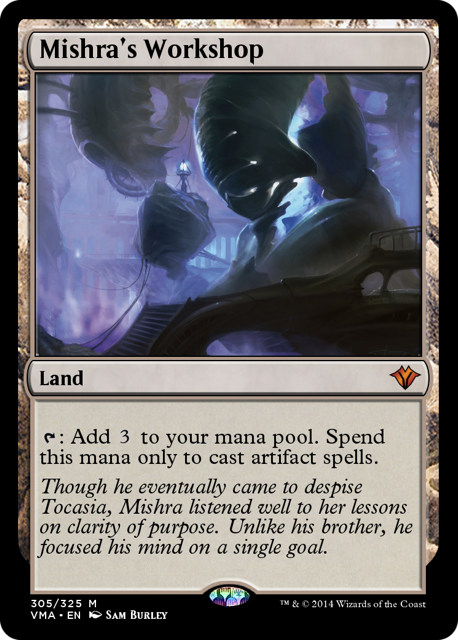
Drafting Artifacts is all about finding the perfect combination of cheap artifacts and cards that benefit from having those artifacts, with some of the best payoffs being Urza, Lord High Artificer and Kappa Cannoneer. This means that seemingly harmless artifacts skyrocket in priority because they enable your gameplan. Note that unintuitive cards across all colors can help your artifact theme – clue token creators like Thraben Inspector and Tireless Tracker as wells as colored artifacts like Baleful Strix and Shorikai, Genesis Engine are examples that come to mind.
Multicolor Green


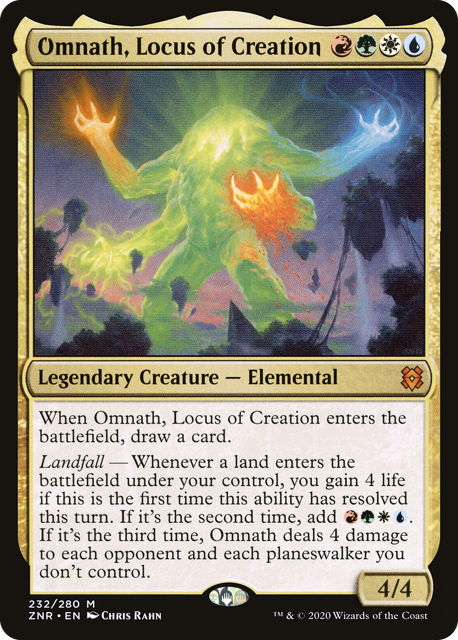
The draw to multicolor green is your ability to cast most good cards that you open. Minsc & Boo, Timeless Heroes? Check. Fractured Identity? Sure thing. Forth Eorlingas? Inject it into my veins! We can cast all of these powerful cards if we focus on our manabase by drafting Triomes, fetch lands and the green multicolor accelerants highly. View those picks as an investment into the future; by picking up good mana fixing, we allow ourselves to select powerful stuff from most colors later on.
Azorius Control
Drafting Control is all about letting the opponent do the asking and you answering the questions. Your deck will have strong finishers, so prolonging the game with counterspells and creature removal is in your interest. Note that you often have to play creatures in your deck alongside mass removal like Wrath of God, so thinking twice before playing out your creatures will be key.
Combos in the Cube
A big draw to Vintage Cube is the amount of fun combos available, and every time I play, I discover new synergies and add them to my arsenal. Cards like Demonic Tutor, Vampiric Tutor, and Mystical Tutor will help with consistency, so make sure to prioritize those if you’re drafting combo.

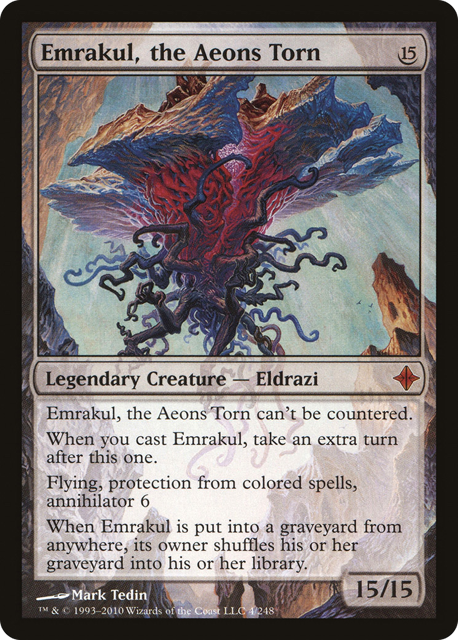
The aforementioned Sneak Attack combines with a lot of creatures in the Cube, with the mighty Eldrazi and their devastating attack triggers being some of the premiere ones (although note you do not get their cast triggers). You also want to look for creatures with powerful enter-the-battlefield triggers, and that work with other combo parts in the Cube. Maybe your deck also has a Shallow Grave and a way to discard your Emrakul, or maybe you play green and have Channel. Sneak Attack also combines nicely with reanimation in a Rakdos deck as long as the creature doesn’t get shuffled into your deck like the aforementioned Emrakul.

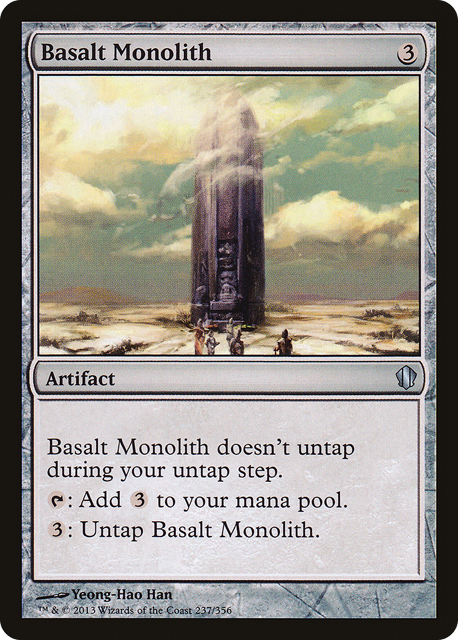
We all like the warm, fuzzy feeling of making infinite mana, and these two cards accomplish exactly that. Pair it with a Walking Ballista, Retrofitter Foundry or Urza, Lord High Artificer, and you’re in business.


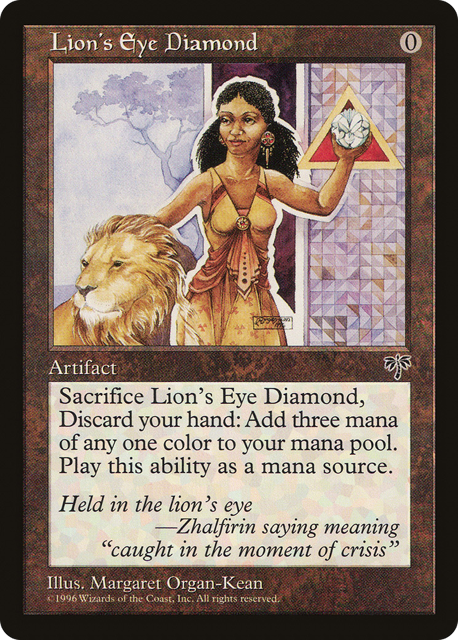
This three-card combination will mill out the opponent after having targeted yourself with Brain Freeze a few times. I especially like speculating on this combo if my pack is relatively weak. If I get passed piece number two, we can keep going, but otherwise it’s totally fine to abandon. If you execute this combo, watch out for an Eldrazi in your opponent’s deck, and make sure to sideboard yours in if you have it when you play against the combo.


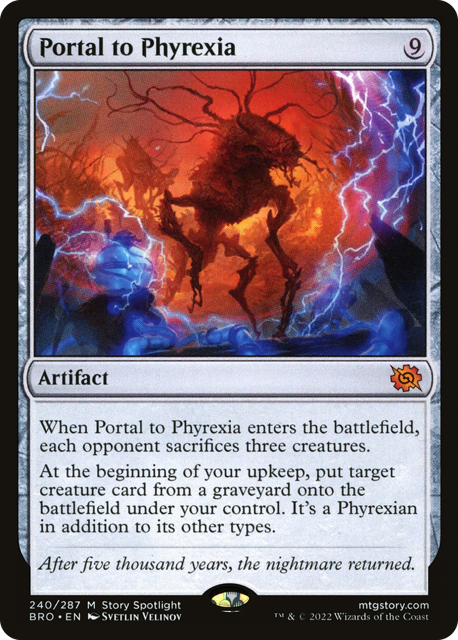
Tinker is often times a one-card combo, but it does require a big artifact in your deck and around 4-5 cheap ones that you can reliably sacrifice. The Cube has a handful of artifacts to Tinker to, so if you can secure it early, that’s the hard part done.


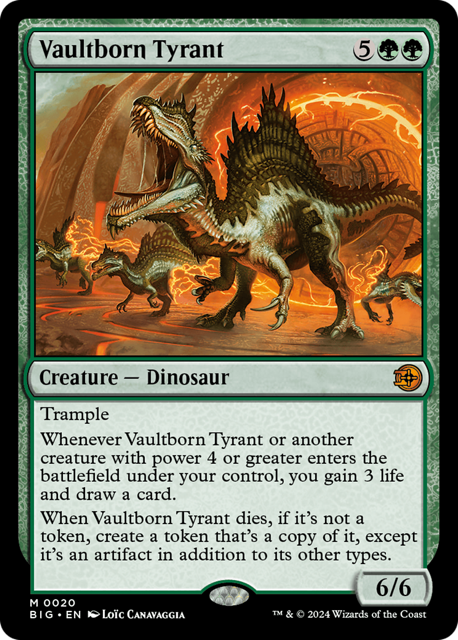
Very similar to Tinker, Natural Order demands that your deck has some cheap green creatures and at least one big monster to find. Bonus points if your deck can actually hard cast the big creature in a drawn-out game.


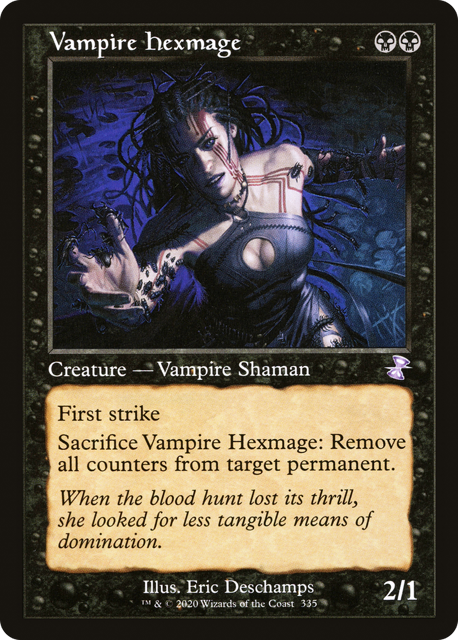
This cool land package will often find its way into green decks where you have support like Crop Rotation and Elvish Reclaimer. Black will grant you access to Vampire Hexmage and tutors to stitch it together.



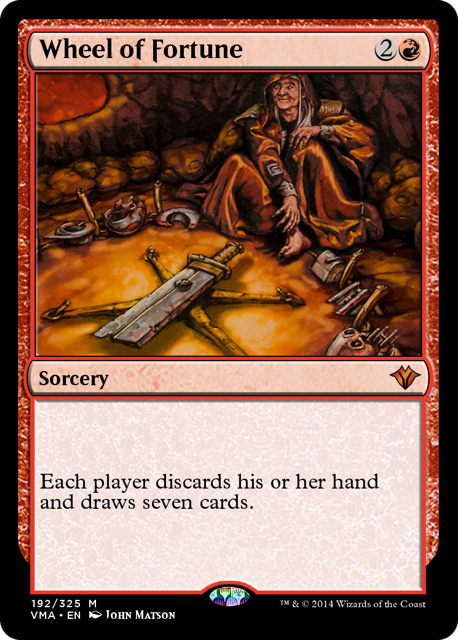
The last combo I’ll leave you with is the Cube’s draw-sevens in combination with draw punishers like Hullbreacher, Narset, Parter of Veils, Orcish Bowmasters, and Sheoldred, the Apocalypse. Turning those old spells into one-sided draw spells will be game-breaking.
Card Ranking
In order to get to a playable deck let alone decide on your first choices, you need a basic understanding of the cards’ relative strength. At the end of the day, Vintage Cube is very subjective, but I made my own Top 50 ranking to give you an idea about the power level of the best cards in the Cube. If you follow this list in your first few picks of the draft, you will be headed in the right direction. (Time Walk is #1 at the top left down to the Moxen, then Tolarian Academy is #11, etc)
Note: Misty Rainforest represents the full cycle of 10 fetch lands.
Closing Thoughts
I realize this was a mouthful, but the beauty of it is that it only gets easier from here, and that the journey is both fun and challenging. When you get more drafts and matches under your belt, you will feel comfortable branching out into hybrids of archetypes you never knew existed, and new synergies will pop up as you expand your catalog of knowledge. I also encourage you to pay attention to the opponent’s deck to get inspiration and ask away in the chat - most players are more than happy to chat about the format. Have fun Cubin’ and make sure to say hi if you see me at your next digital draft table!
Be sure to join the MTGO Discord to chat with us in the Vintage Cube channel for more tips and tricks!
Thank you for reading!


